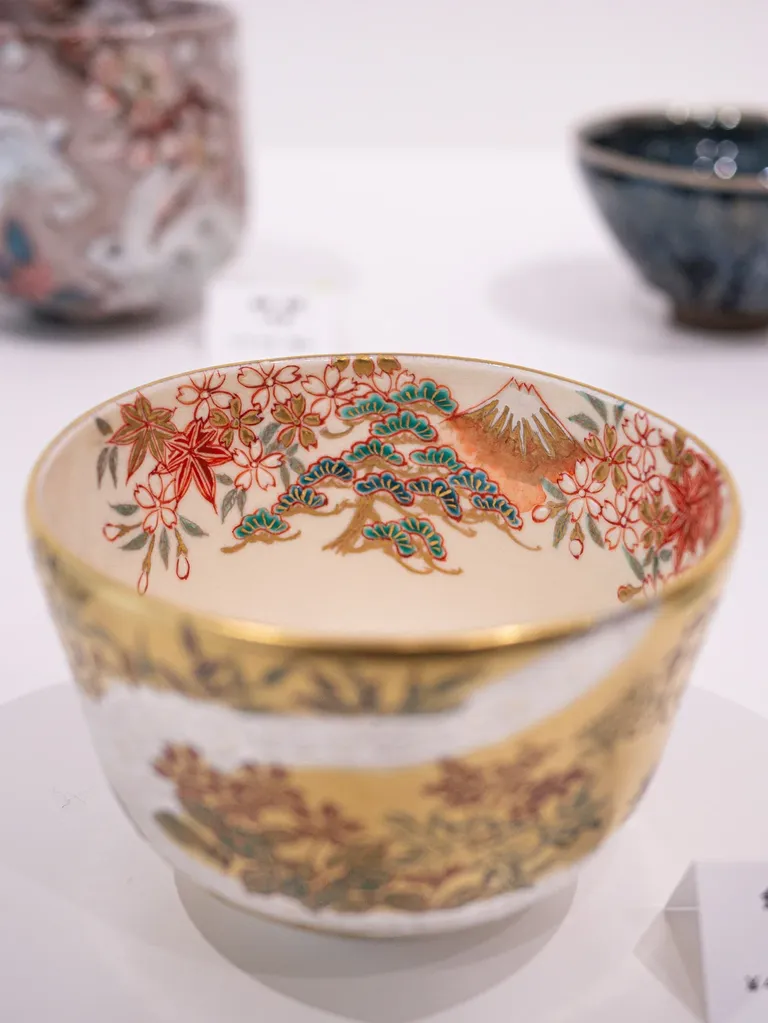
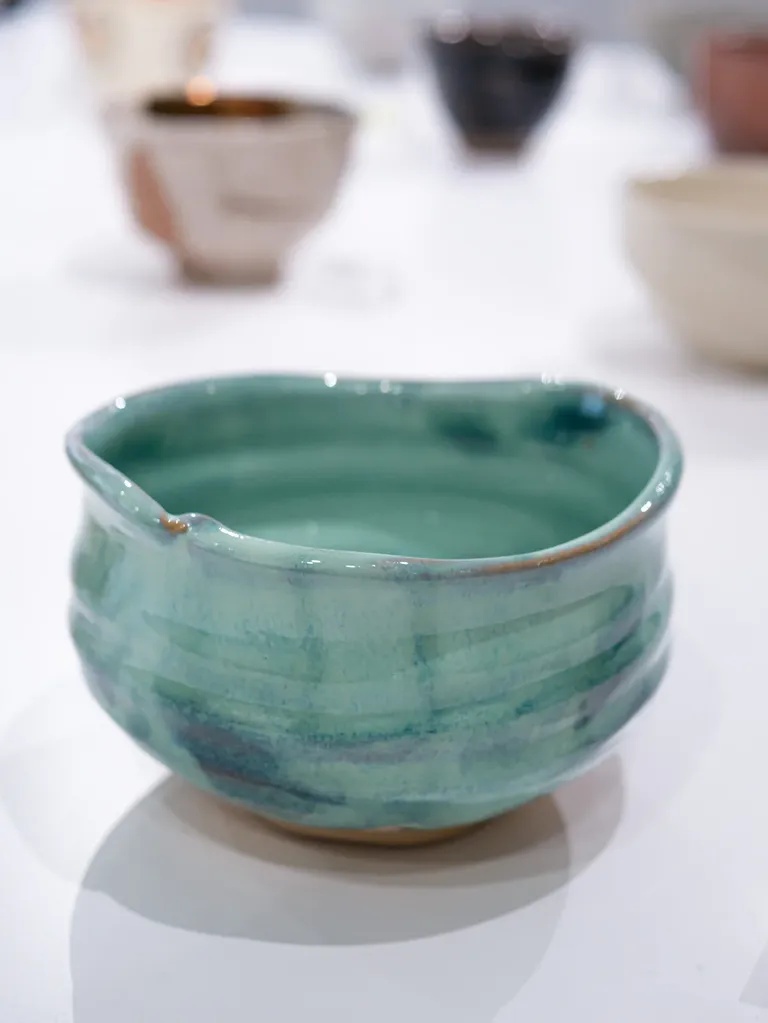

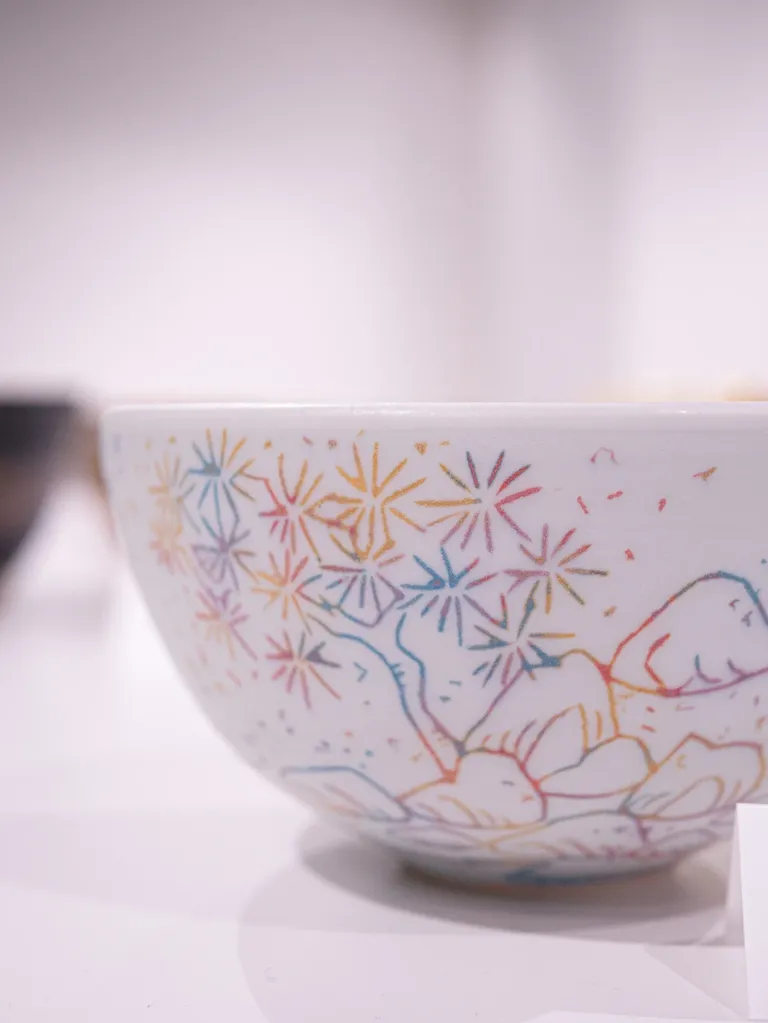
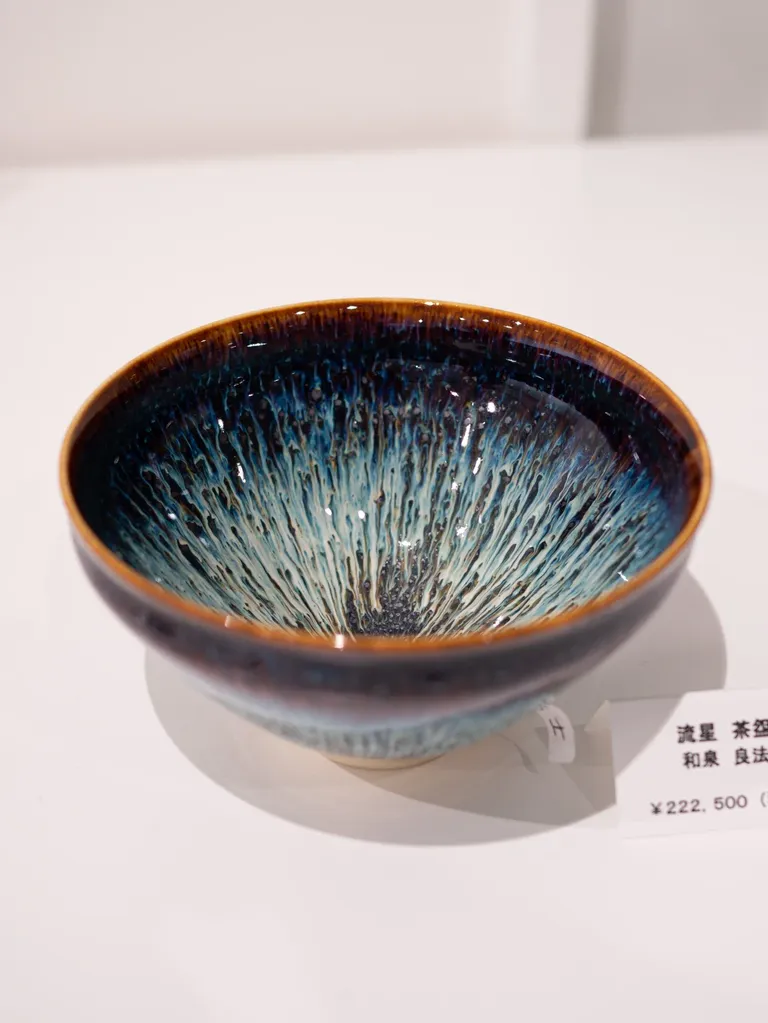

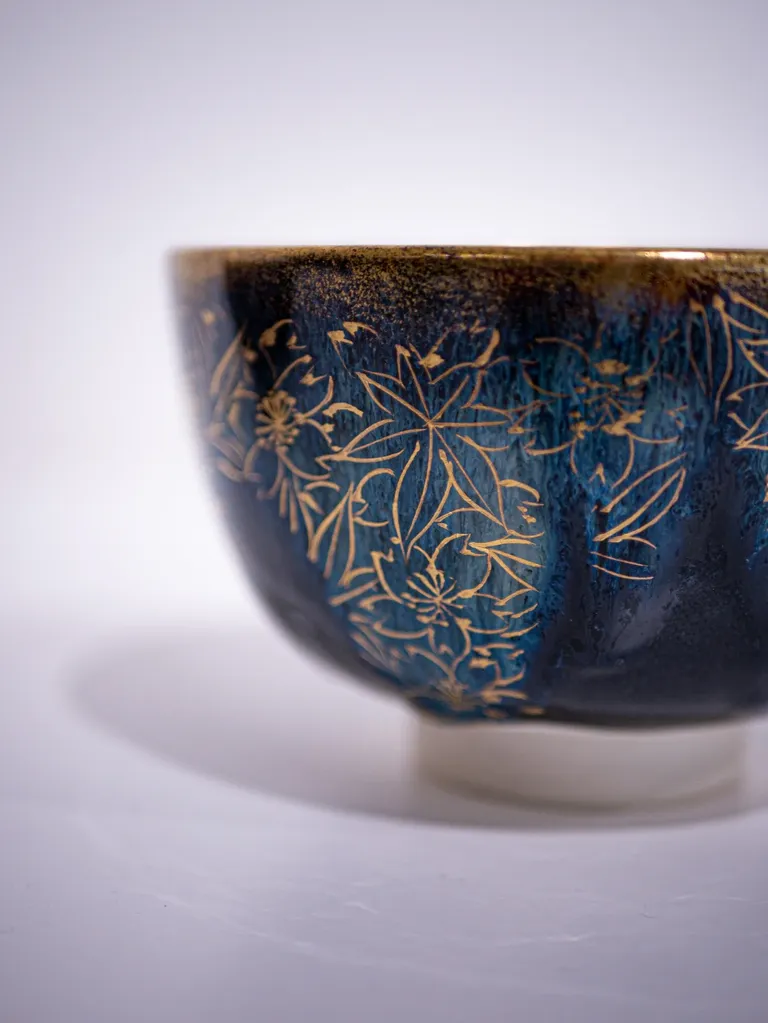
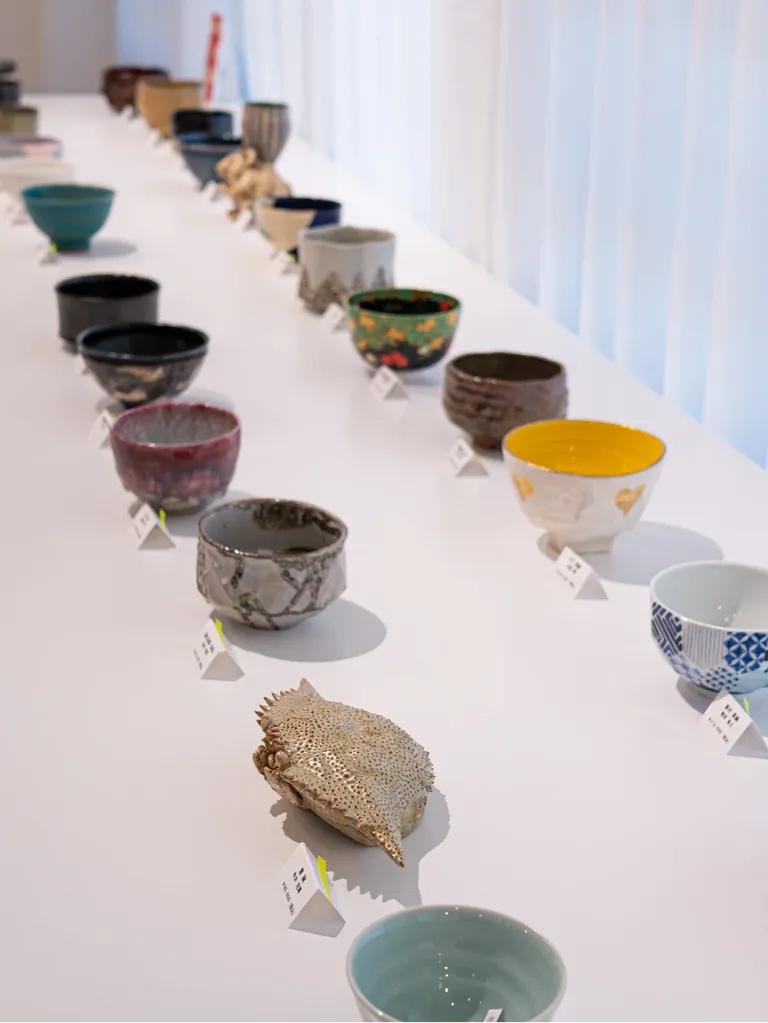
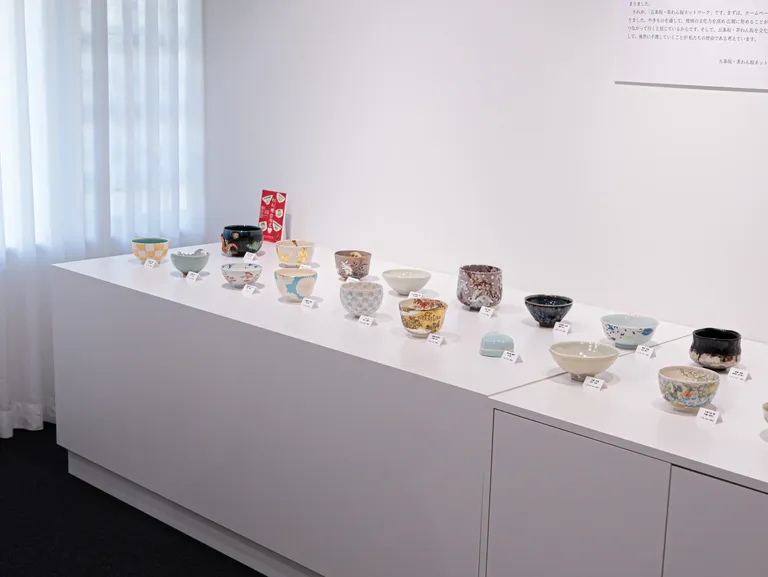

Hello everyone,
A few weeks ago, I published an article about "Chawan", the matcha tea bowls. We talked a lot about the Japanese tea ceremony, matcha, and the utensils needed to prepare it, but I would like to come back to the bowls.
To summarize very quickly, the tea bowl is a central element of the Japanese tea ceremony and more generally, of the preparation of the matcha brewing process. Indeed, matcha is a fluorescent green powder, not very miscible in water. The brewing method consists in putting the powder in a large bowl with a flat bottom, then pouring hot water and mixing it with a bamboo whisk.
The art of tea remained for a long time the prerogative of the high society, and therefore the bowls used were richly decorated. The emperor had his palace in Kyoto, so the city gathered the best craftsmen in the country. Then, Sen no Rikyu, the father of the Japanese tea ceremony, wanted to return to a simplicity inspired by Buddhist texts. He, therefore, had very sober bowls made, which went totally against the style of the time. This rejection of the established order cost him his life, but his legacy lives on today.
Some time ago, we went to Kyoto for a festival on the art of Kyoto ceramics, and we came across an exhibition gathering chawan made by the best potters in the city!
Even if you appreciate the art and chawan, you have to be in the business to understand all the subtleties. And I don't even talk about prices! Indeed, there is also a lot of speculation, it is art after all, so there is nothing rational anymore!
Who says famous artists, also says freedom in the style. So there were traditional bowls, but also pieces that, to say the least, were ... Singular! So much so, that when I saw some of these "bowls", I really wondered if the artist had bothered to read the theme of the exhibition xD! (Look among the bowls exposed, there is a crab!)
Nevertheless, it was a very interesting exhibition. We were able to talk a little bit with the person in charge of the exhibition, and he explained to us that their goal was to revitalize the ceramic industry of Kyoto. Indeed, among these grandmasters, many are over 80 years old and have no successors. Young people do not want to take over the workshop, because it is very difficult to make a name for oneself and to live comfortably as a craftsman. Many potential successors give up their passion for pottery and turn to office jobs, which are certainly boring work, but stable and without risks.
I leave you with some illustrative images of Chawan from the exhibition. I hope you enjoyed this post on matcha bowls, in any case, thank you for reading to the end and as always, feel free to leave a comment!
Version Fr :
Bonjour à tous,
Il y a quelques semaines, j'ai publié un article sur les "Chawan", les bols à thé matcha. Nous avons longuement parlé de cérémonie du thé japonaise, de matcha et des ustensiles nécessaires pour le préparer, mais j'aimerais revenir sur les bols.
Pour résumer très rapidement, le bol à thé est un élément central de la cérémonie du thé japonaise et plus généralement de la préparation du thé matcha. En effet, le matcha se présente sous la forme d'une poudre verte fluo, assez peu miscible dans l'eau. La méthode de préparation consiste donc à déposer de la poudre dans un bol large et à fond plat, puis à verser un peu d'eau chaude et lier le tout à l'aide d'un fouet en bambou.
L'art du thé est resté pendant longtemps l'apanage de la haute société et donc les bols utilisés étaient richement décorés. L'empereur ayant son palais à Kyoto, la ville rassemblait donc les meilleurs artisans du pays. Puis Sen no Rikyu, le père de la cérémonie du thé japonaise, voulut revenir à une simplicité inspirée des textes Bouddhistes. Il se fit donc fabriquer des bols très sobres, qui allaient totalement à l'encontre du style de l'époque. Ce rejet de l'ordre établi lui coûta la vie, mais son héritage perdure toujours de nos jours.
Il y a quelque temps, nous nous sommes rendus à Kyoto pour un festival sur l'art de la céramique de Kyoto et nous sommes tombés sur une exposition rassemblant des chawan fabriqués de la main des meilleurs potiers de la ville !
Même si l'on apprécie l'art et les chawan, il faut quand même être dans le milieu pour comprendre toutes les subtilités et je ne parle même pas des prix ! En effet, il y a également beaucoup de spéculation, c'est de l'art après tout, il n'y a donc plus rien de rationnel !
Qui dit artiste célèbre, dit aussi liberté dans le style. Il y avait donc des bols traditionnels et tout à fait utilisables, mais également des pièces pour le moins, ... Singulières ! A tel point, qu'en voyant certains "bols" je me suis vraiment demandé si l'artiste avait pris la peine de lire le thème de l'exposition xD ! (Cherchez parmi les bols exposés, il y a un crabe !)
C'était néanmoins une exposition très intéressante, nous avons pu discuter un peu avec la personne responsable de l'exposition et il nous a expliqué que leur but était de redynamiser l'industrie de la céramique de Kyoto. En effet, parmi ces grands-maîtres, beaucoup ont dépassé les 80 ans et n'ont pas de successeurs. Les jeunes ne souhaitent pas reprendre l'atelier, car il est très difficile de se faire un nom et de pouvoir vivre confortablement en tant qu'artisan. Nombre de potentiels successeurs abandonnent leur passion pour la poterie et se tournent vers des emplois de bureau, certes pénibles à souhait, mais stables et sans risques.
Je vous laisse avec quelques images d'illustration de Chawan provenant de l'exposition. J'espère que vous avez apprécié ce post sur les bols à matcha, en tout cas merci d’avoir lu jusqu’au bout et comme toujours, n’hésitez pas à laisser un commentaire !
For the best experience view this post on Liketu
There are some beautiful pieces there 💙
Indeed! Actually I think they are all very cool pieces, although I would not have some at home 😂
Exactly my thought 😉
This is really amazing
Thanks!
Indeed, these bowls are among the best currently made in Kyoto! The only matcha bowls that are more famous than these are the antique ones.
Welcome 😁
Very Nice 👍
Thanks for the support!